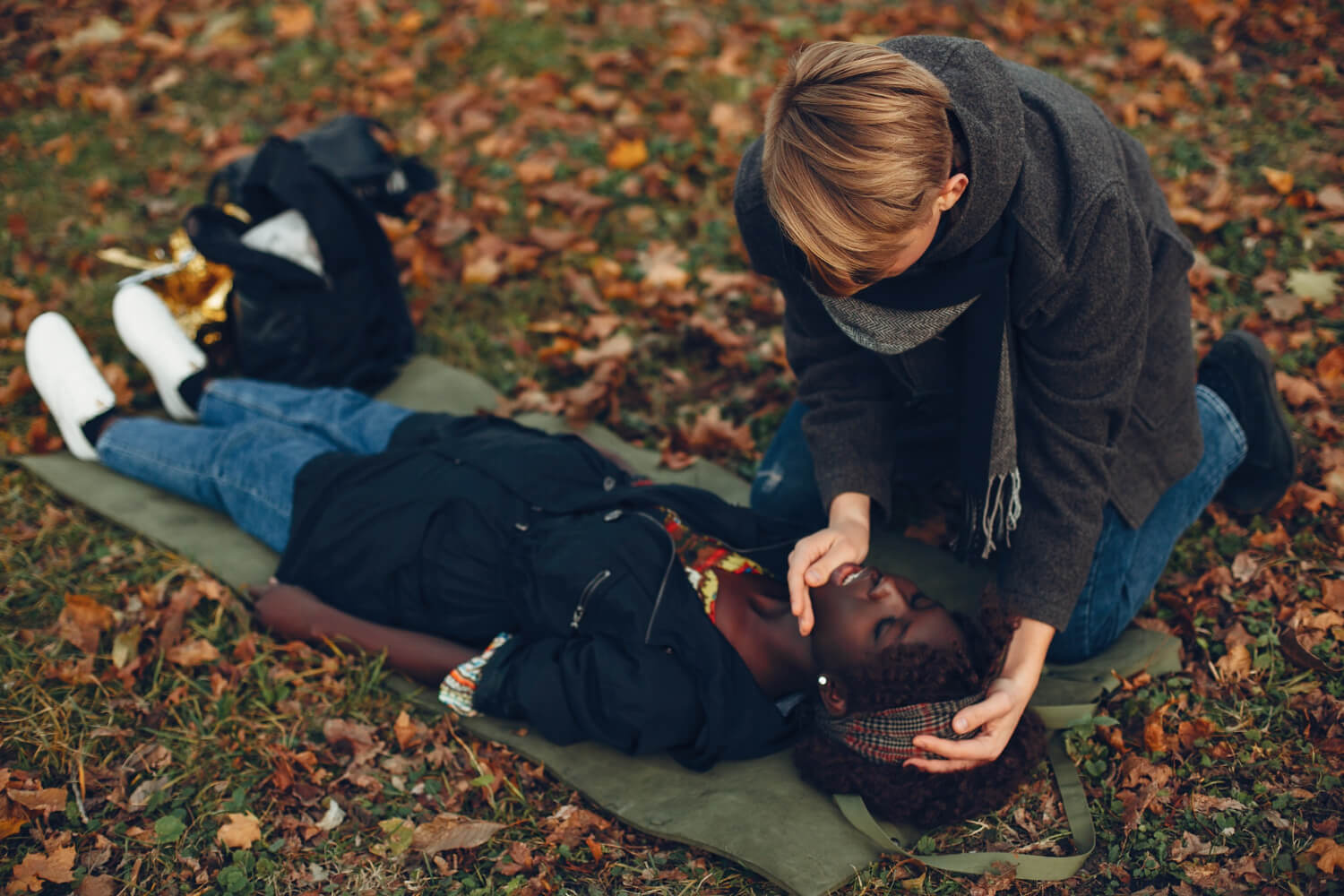
In the face of a medical emergency, staying calm and knowing how to react can make a critical difference. Cardiopulmonary resuscitation (CPR) is a lifesaving technique that can keep oxygenated blood flowing throughout the body when someone’s heart stops beating or they are not breathing. Knowing When to Perform CPR is crucial for anyone who wants to be prepared to help in such a situation.
This article will guide you through the key signs that indicate the need for CPR and empower you to take decisive action.
The human brain is incredibly sensitive to oxygen deprivation. When the heart stops beating, blood flow ceases, and vital organs like the brain become starved of oxygen. Brain cells begin to die within minutes, and permanent brain damage or death can occur within 4-6 minutes without intervention.
Performing CPR helps circulate oxygen-rich blood throughout the body, even when the heart is not pumping effectively. This precious time window allows emergency medical services to arrive and take over with advanced resuscitation techniques.
By recognizing the signs that someone needs CPR and acting swiftly, you can significantly increase their chances of survival and minimize potential brain damage.
The first and most crucial sign that someone might need CPR is unconsciousness and unresponsiveness. This means they are not awake and do not react to stimuli like shouting, shaking, or pinching.
Carefully check for breathing. Look for chest rise and fall, or feel for air coming out of the nose or mouth. If the person is not breathing normally, or their breathing is shallow, gasping, or labored, they may require CPR.
Feeling for a pulse can be challenging in a stressful situation. However, if you are trained in pulse checks, and you cannot detect a pulse after several attempts, CPR is necessary.
Here’s a crucial point to remember: If you are unsure whether someone needs CPR, it’s always better to err on the side of caution and begin CPR. Studies have shown that performing CPR on someone who doesn’t need it is far less risky than not performing it on someone who does.
Certain situations have a higher likelihood of requiring CPR due to the potential for cardiac arrest or respiratory failure. Here are some examples:
It’s important to note that this is not an exhaustive list. CPR can be necessary in any situation where someone is unconscious, not breathing normally, and does not have a pulse.
If you encounter someone who is unconscious, unresponsive, and not breathing normally, here are the steps to take:
While CPR is a valuable lifesaving technique, there are situations where it may not be appropriate. Here are some instances:
Remember, these are just guidelines. If you are unsure whether someone needs CPR, it’s always better to err on the side of caution and begin CPR.
Knowing When to Perform CPR is a valuable skill that can empower you to make a lifesaving difference in an emergency. By recognizing the signs of cardiac arrest or respiratory failure and taking immediate action, you can significantly increase a person’s chances of survival.
Consider enrolling in a CPR training course to gain the knowledge and confidence to perform CPR effectively. Even basic CPR skills can be life-saving.
Let’s all work together to create a more prepared and responsive community by equipping ourselves with the knowledge and skills to act in critical situations.

Proud to be an American Heart Association Training Site aligned with GoRescue Birmingham, AL
Copyright 2025© CPR Classes Near Me